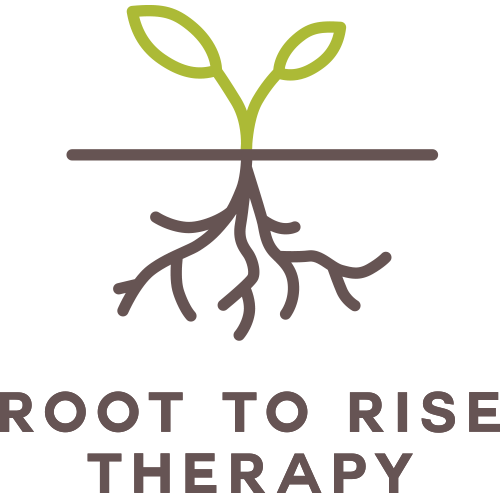We all want to feel valid in our experience—and for our partner to acknowledge it.
As a therapist, one of the most effective tools I teach couples is how to practice validation.
Once they start actively strengthening their validation muscle, emotional security can be nurtured. This is because validation in a relationship increases trust, strengthens empathy, and creates space for vulnerability.














